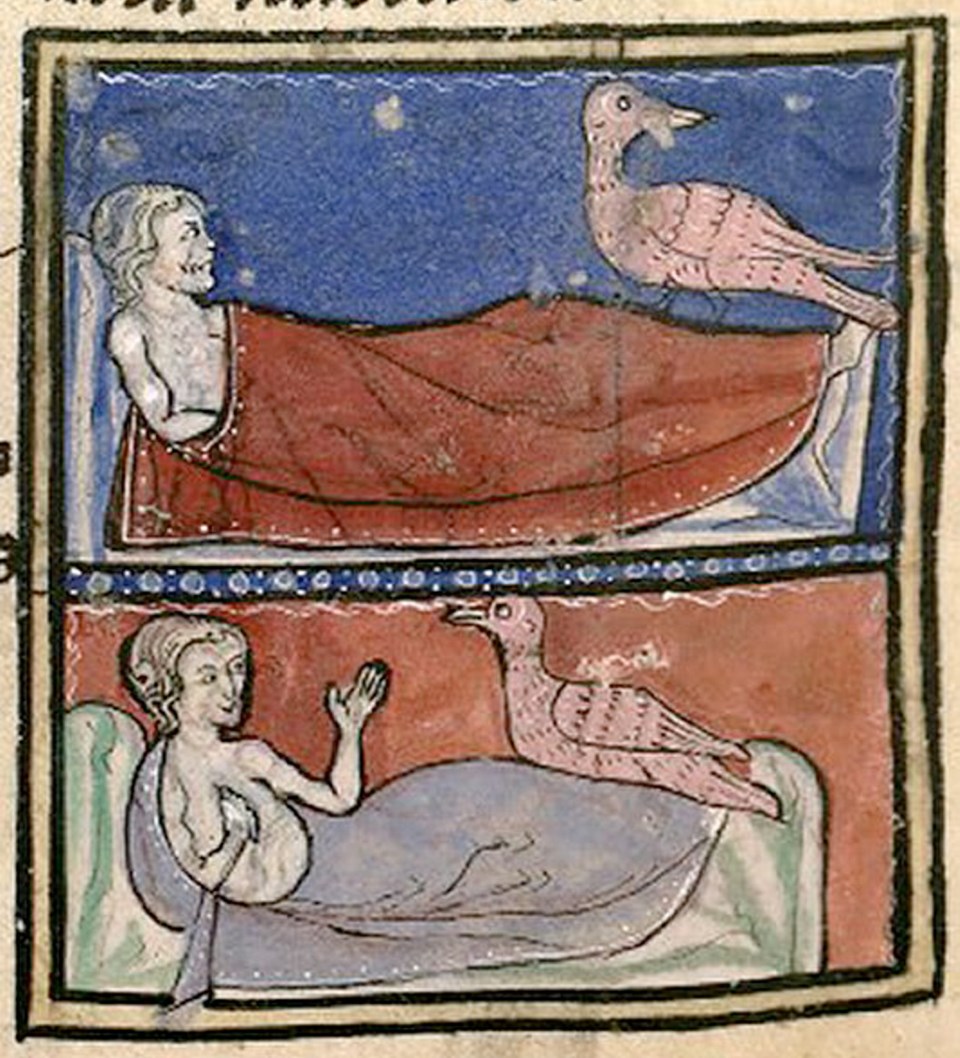Examining how doctors practised medicine in the Middle Ages can reveal what we gained and lost in the Enlightenment, says a University of Victoria professor who specializes in medieval studies.
Prof. Hélène Cazes, director of the Medieval Studies program at the university, said doctors of the Middle Ages consulted astrology, religion and early psychology in their practices, and often treated people with little more than specialized diets.
It was a stark contrast to the mechanistic medical approach pioneered during the Renaissance, when anatomy and dissection became intellectual crazes, and doctors began to categorize illnesses, organ function and even people.
“In the Renaissance, you had norms being set, saying: ‘This is what a normal human body looks like,’ ” said Cazes. “Even the ideal number of teeth became fixed.
“But the number of teeth was variable in medieval medicine,” she said. “And some people had big teeth and some had small teeth and so on.”
On Saturday, specialists such as Cazes will focus on medicine at the Medieval Studies’ program’s annual Medieval Workshop. It’s an event that draws academics and community members interested in the Middle Ages for a day of discussion, displays and performances.
Cazes said that for better or worse, we are all children of the Enlightenment and its fascination with science and mechanisms. We look at our bodies as working machines, collections of distinct, bodily systems performing separate functions.
And physicians specialize according to their knowledge of each system.
But she also notes that many people are now seeking a more holistic approach to medicine and bodily health. Alternative medicine regularly attempts to balance diet, exercise, nutrition and mental/emotional health, in something of a return to the medieval approach.
The medieval period, generally recognized as spanning the 5th to the 15th centuries, was culturally and intellectually rich, Cazes said. Yet terms like “The Dark Ages” are often used to describe the period following the collapse of ancient Rome. Even the word “medieval” has come to be used to describe backwardness or barbarity.
Cazes said other cultures, outside the European tradition, don’t include the concept of a “middle ages” period. “In Japan, they don’t have that,” said Cazes. “They have a more even, stable tradition looking at their history.”
Likewise, she noted modern North Americans have no tangible experience with the Middle Ages, unlike Europeans, who still live next to its buildings or in towns and cities established during medieval times.
Nevertheless, Cazes noted that even in countries such as Canada, people are looking to the Middle Ages for clues to their cultural identity and historical experience. Popular books such as Lord of the Rings or television shows such as Game of Thrones regularly evoke the motifs and themes of the Middle Ages.
While she said the Middle Ages need not be regarded with any kind of wistful nostalgia, learning about that period in history can expose our own biases and give us a chance to better understand ourselves.
“[The Middle Ages] represents the road that was not taken when the steam revolution and the scientific revolution led the way to something we now call progress,” said Cazes.
“It was a time when tradition was more important than always moving forward.
“At some point in the West, we started to believe that human kind is just getting better and better and science just knows more and more,” said Cazes.
“So the future is always better than the past.”



